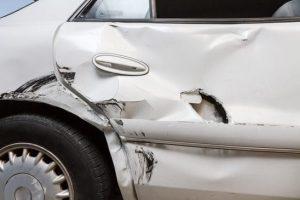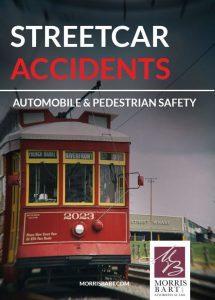
The numbers don’t lie: Driving in rainy weather increases the risk of crashing. According to the Federal Highway Administration, poor weather contributed to 22 percent of all accidents in the last 10 years.
It’s always best to avoid driving in rainy conditions; however, that’s not always possible. Fortunately, there are steps you can take to reduce your risk of crashing on wet roads:
- Prepare your vehicle;
- Reduce your speed;
- Increase your following distance;
- And consider taking an advanced driving course.
Unfortunately, many drivers do not adjust their speed and behavior to the conditions – and other road users suffer the consequences. If you were injured by a negligent motorist in Alabama, contact Morris Bart & Associates, LLC.
A Mobile auto accident attorney will help you pursue compensation for health-care expenses, time off work and other damages. Call 800-537-8185 today to schedule a free initial consultation.
Let’s take a closer look at four ways to reduce your risk of crashing in wet weather:
Prepare Your Vehicle
Make sure your vehicle is ready for Mother Nature’s worst. According to Consumer Reports, tire tread is one of the most important factors in vehicle safety.
If you have less than 4/32 inches of tread remaining on your tires, you should replace them. It is also important to inflate your tires to the correct pressure and check this once a month.
Inspect your windshield wipers for signs of wear and tear, and replace them if necessary. You should also check that all your headlights, taillights, brake lights and turn signals are functioning properly.
For a free legal consultation, call 800-537-8185
Reduce Your Speed
Driving at a high speed is particularly dangerous in rainy conditions. There is less friction between your tires and the road when the surface is wet. This can cause you to hydroplane or skid and lose control. Reduce your speed by at least one-third when the road is slick.
Increase Your Following Distance
Vehicles require a longer distance to stop on wet roads. As a rule of thumb, passenger-car drivers should leave at least three seconds of space between their vehicle and the leading car when travelling on the highway in clear conditions. You should double that distance to six seconds when in wet weather.
Click to contact our personal injury lawyers today
Consider Taking an Advanced Driving Course
Knowledge is power when it comes to accident prevention. An advanced driving course will teach you how to identify and avoid dangerous situations. These classes will provide essential tips for avoiding collisions in all weather conditions.
Hands-on courses will also train you to control skidding and hydroplaning in a safe, controlled environment. These lessons could save your life when driving in wet weather.
If you were injured in a crash in Alabama, contact a Mobile car accident attorney from Morris Bart & Associates, LLC. Our legal team has been representing the injured for more than 30 years. Call 800-537-8185 today to schedule a free initial consultation.
Questions?Call 800-537-8185
to find a Morris Bart office near you.





